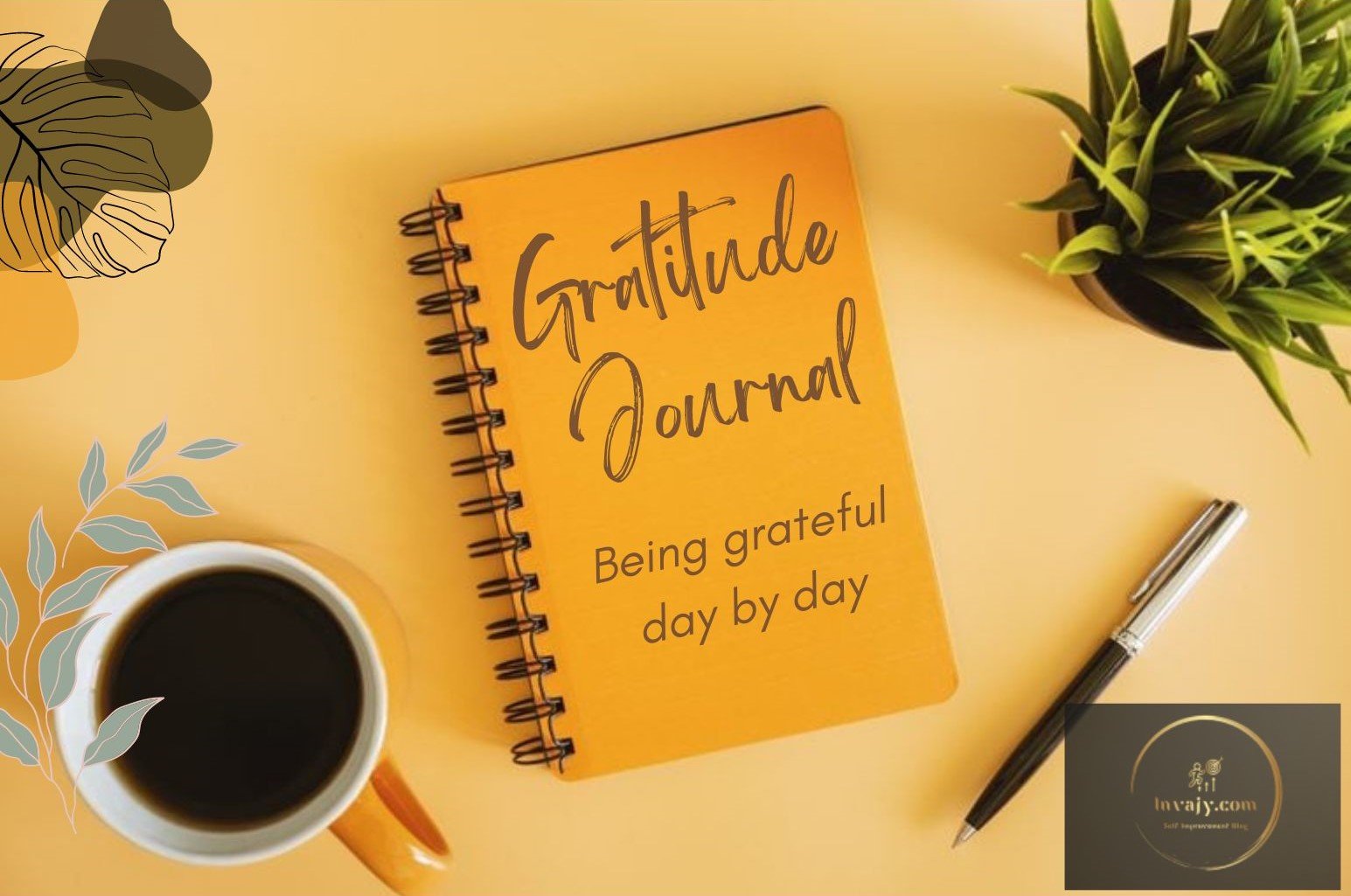Gratitude Journaling to use the Power of Gratitude
Developing an attitude of gratitude towards the people, things, and events in your life is a life-changing. Being grateful is an effective way to strengthen your emotional resilience, increasing positivity and reduce stress, among other things. Gratitude takes your mind from the state of lacking to state of abundance. Keeping a gratitude journal and jotting down all the things that you are thankful for can take the experience to a whole new level.
What is a Gratitude Journal?
Gratitude journaling is the habit of recording and reflecting on things that you are grateful for on a regular basis. Gratitude Journal can be your personal diary, or notebook, or even the digital notepad of your mobile phone. It serves as a repository for expressions of gratitude, capturing moments, experiences, or aspects of life that bring joy, appreciation, or a sense of fulfillment. By regularly reflecting on and documenting these positive aspects, a gratitude journal becomes a powerful tool for shifting your focus towards gratitude and increasing your overall well-being.
Keeping a gratitude journal is easy and on the simplest level it involves making a note of the things that you are grateful for that day. You can decide how long your list is each day and how much detail you want to go into.
Benefits of a Gratitude Journal
- Lowers your stress levels
- Helps you feel calmer
- Higher-quality sleep and less insomnia
- Makes you more mindful
- Improves mood and less incidence of depression and anxiety
- Improves memory and less mental decline with aging
- Makes you feel more contentment, satisfied and accomplished
- Gives you a new perspective on what is important to you and what you truly appreciate in your life
- Gives clarity on what you want to have more of in your life, and what you can do without
- Helps you find out and focus on what really matters to you
- Increases your self-awareness
- During tough times, reading through your gratitude journal helps you to readjust your attitude
How to Start a Gratitude Journal?
The following are simple steps to maintaining a gratitude journal
Set aside dedicated time
Commit to a schedule. Set aside a specific time each day, preferably in the morning or evening, to focus on your gratitude journal. Find a quiet and comfortable space where you can reflect without distractions.
One of the important aspect for the long-term success of your gratitude journal is the frequency with which you use it. It’s usually best to aim for once a day or several times per week in the beginning, but allow yourself some wiggle room if things get busy.
Choose your journal
Select a journal or notebook that resonates with you. It could be a beautiful leather-bound book, a simple notebook, or even a digital journaling app. The key is to choose something that you feel drawn to and will enjoy using consistently. The type of journal and how it’s used will differ from one person to the next, just like the notes found inside.

Reflect on the positive
Begin by reflecting on the positive aspects of your day or your life in general. Consider moments of joy, acts of kindness, personal achievements, or anything that brings you a sense of gratitude. Write down at least three things each day, but feel free to expand on them as much as you like.

Try subtraction, not just addition
Consider what your life would be like without certain people or things, rather than just tallying up all the good stuff. Be grateful for the negative outcomes you avoided, escaped, prevented, or turned into something positive—try not to take that good fortune for granted.
If you had a near miss on the roads, you should be thankful for the same that it did not converted into a major accident.
Decide on a framework
There are a number of ways that you can structure your gratitude journal entries. Do what works best for you and change it up, whenever you need to. The main idea is to get yourself into a place of reflection and gratitude.
- You can write long, descriptive paragraphs about what you appreciate in your daily life.
- Your gratitude journal can consist entirely of lists.
- You can write a preset number of items per entry (10 per day, for example).
- You can just resolve to write about whatever seems right for a particular day.
Be specific and descriptive
Instead of simply listing items vaguely, aim to describe them in detail. For example, rather than writing, “I am grateful for my family,” you could write, “I am grateful for the laughter and warmth shared with my family during our Sunday brunch.” Another example, writing, “I’m grateful that my neighbors brought me soup when I was sick on Monday”, will be more effective than “I’m grateful for my neighbors.” Be as specific as possible. Specificity is key to fostering gratitude.
Embrace challenges and lessons
Sometimes, gratitude can be found in difficult situations or setbacks. Acknowledge the challenges you face and try to find something positive or a valuable lesson within them. This perspective can foster personal growth and resilience. Challenge yourself to notice the positive subtle things in difficult and tough situations of day to day life.
Make it a habit
Consistency is key. Commit to journaling for at least a few minutes each day and honor that commitment. Initially, you may start by spending a few minutes writing down something; it doesn’t have to be a masterpiece. Just start where you are, and don’t think too much about it.
Many people find that their whole attitude changes once they’ve been keeping a gratitude journal for a while. They tend to notice things throughout the day that they may want to include in the journal, things they wouldn’t have otherwise noticed. To maintain a more optimistic attitude, be sure to write regularly. Treat it as a ritual and allow it to become a natural part of your routine.
Conclusion
A gratitude journal is a simple yet powerful tool that enables us to shift our focus from what is lacking to what is abundant in our lives. By practicing gratitude regularly, we train our minds to notice and appreciate the positive aspects, no matter how small or seemingly insignificant. As we cultivate an attitude of gratitude, we pave the way for greater happiness, fulfillment, and resilience.
Start your gratitude journal today and embark on a journey of self-discovery and appreciation. Embrace the power of gratitude and unlock the limitless joy that awaits within the pages of your journal.







